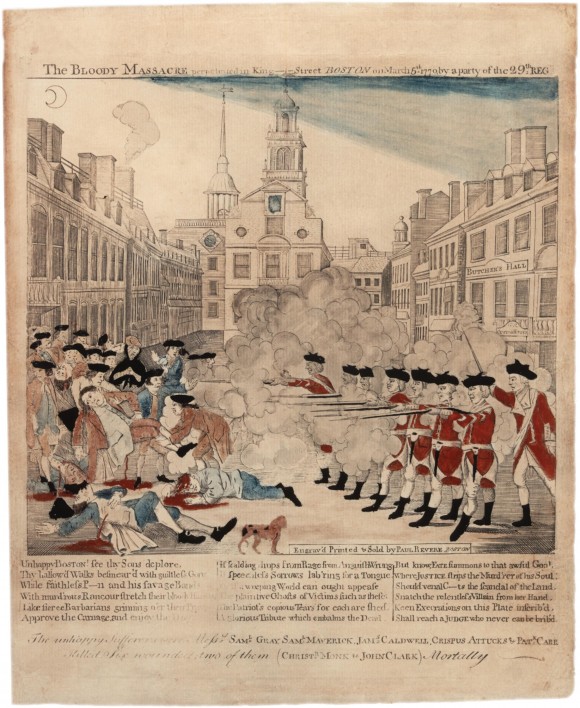April 1, 2014
On This Day in History…
Our star Quarterback Christian Hackenberg dislocated his shoulder at practice, and was deemed unable to play in the Blue White game next weekend!
APRIL FOOLS! Did I actually fool anyone? 😉
In the spirit of April 1, my blog today will be about the history of a very strange ‘holiday’, one which few people actually know the meaning of.
April Fools day has several origin theories, although the pranking aspect of April Fools began on April 1, 1700. The English began pranking each other in the year 1700, drawing on a variation of the French ‘All Fools Day’, where the Western world changed from the Julian calendar to the Gregorian calendar due to the Council of Trent in 1563. People who were slow to get the news or didn’t recognize that the start of the new year had now moved to January 1 and continued to celebrate it during the last week of March through April 1 became the butt of jokes and hoaxes during the time. These people were called “April Fish”, symbolizing a young easily caught fish and therefore a gullible person. The fooled were identified by having a paper fish taped to their backs!
The holiday really came to a head in Great Britian, where it was turned into a two day festival in Scotland where people were sent on “gowk hunts”, or phony errands. ‘Kick me’ signs also originated on this holiday!
Another theory as to why April 1 is called April fools day is in regards to the Spring equinox. Legend says that the Spring equinox used to occur at this time, and Mother Nature was the original prankster, ‘fooling’ people with the sudden change in weather.
Today, April fool’s day is popularized by many large corporations and public news organizations who sometimes release outrageously false stories. For example, in 1996 Taco Bell announced that it was buying the Liberty Bell and renaming it ‘The Taco Liberty Bell’. For us, April fools day is less of a holiday and more of a way to single out your most gullible friends. I pranked my best friend into thinking I broke my leg in 9th grade (complete with a fake cast!), and I’m still not positive that she’s truly forgiven me. Hope you all had a fun day being a prankster, and managed to stay away from the role of prank-ee!!
















